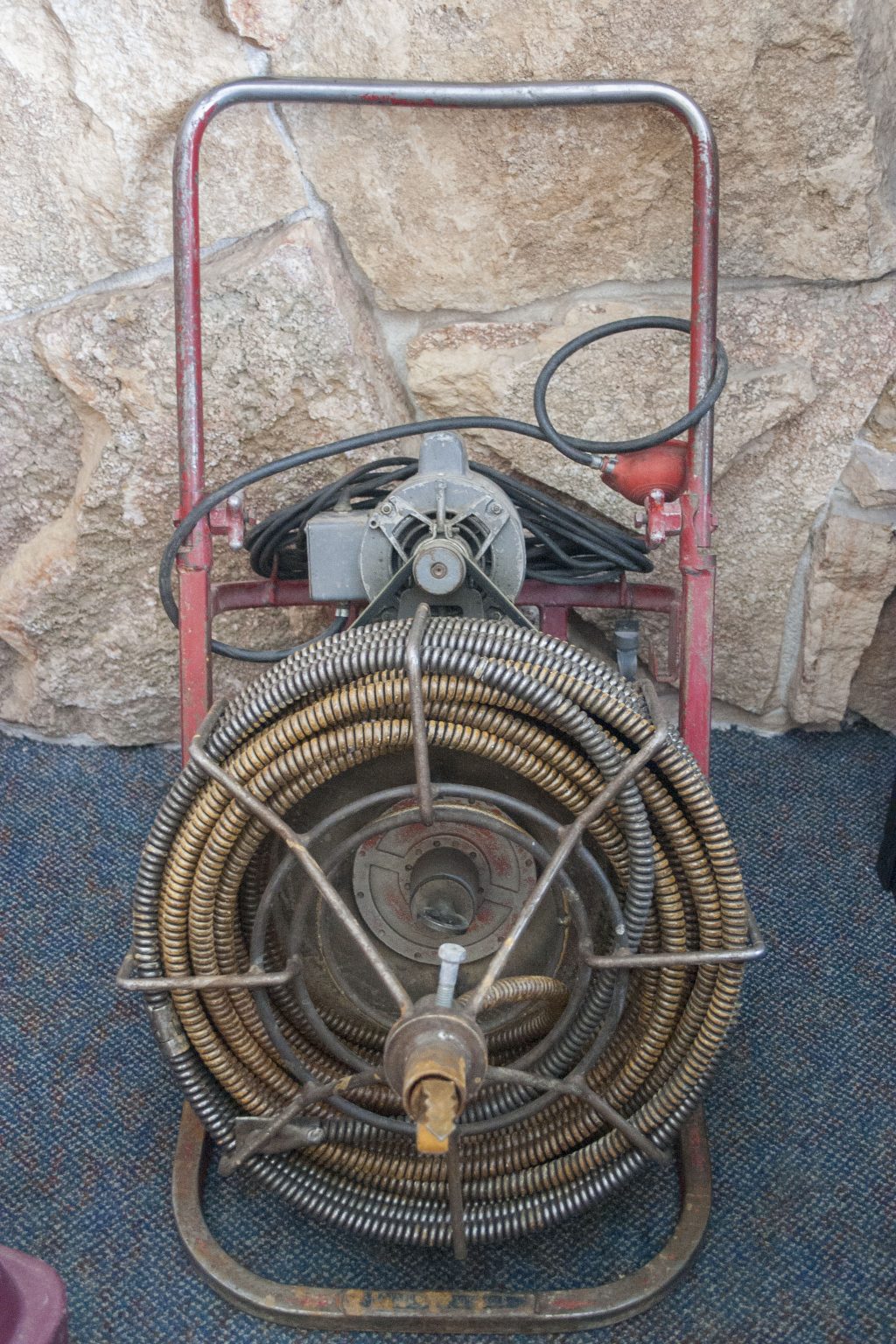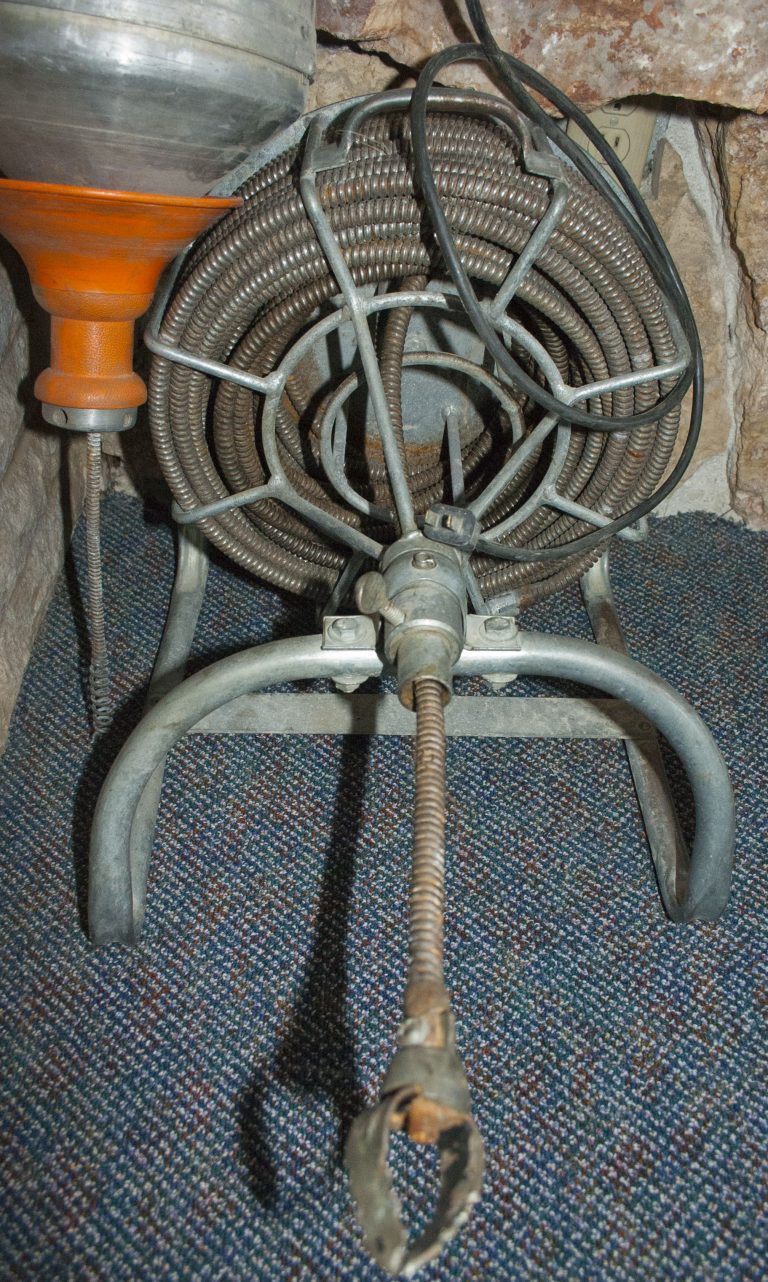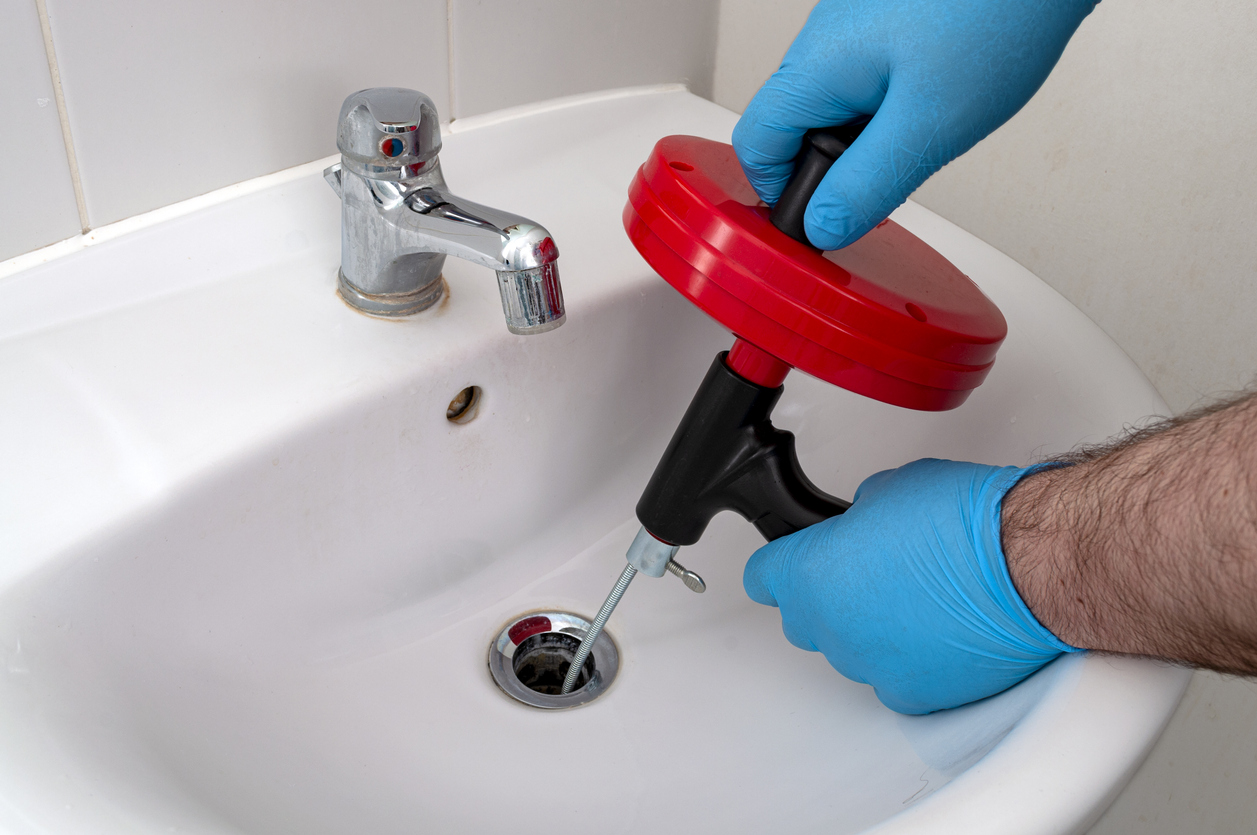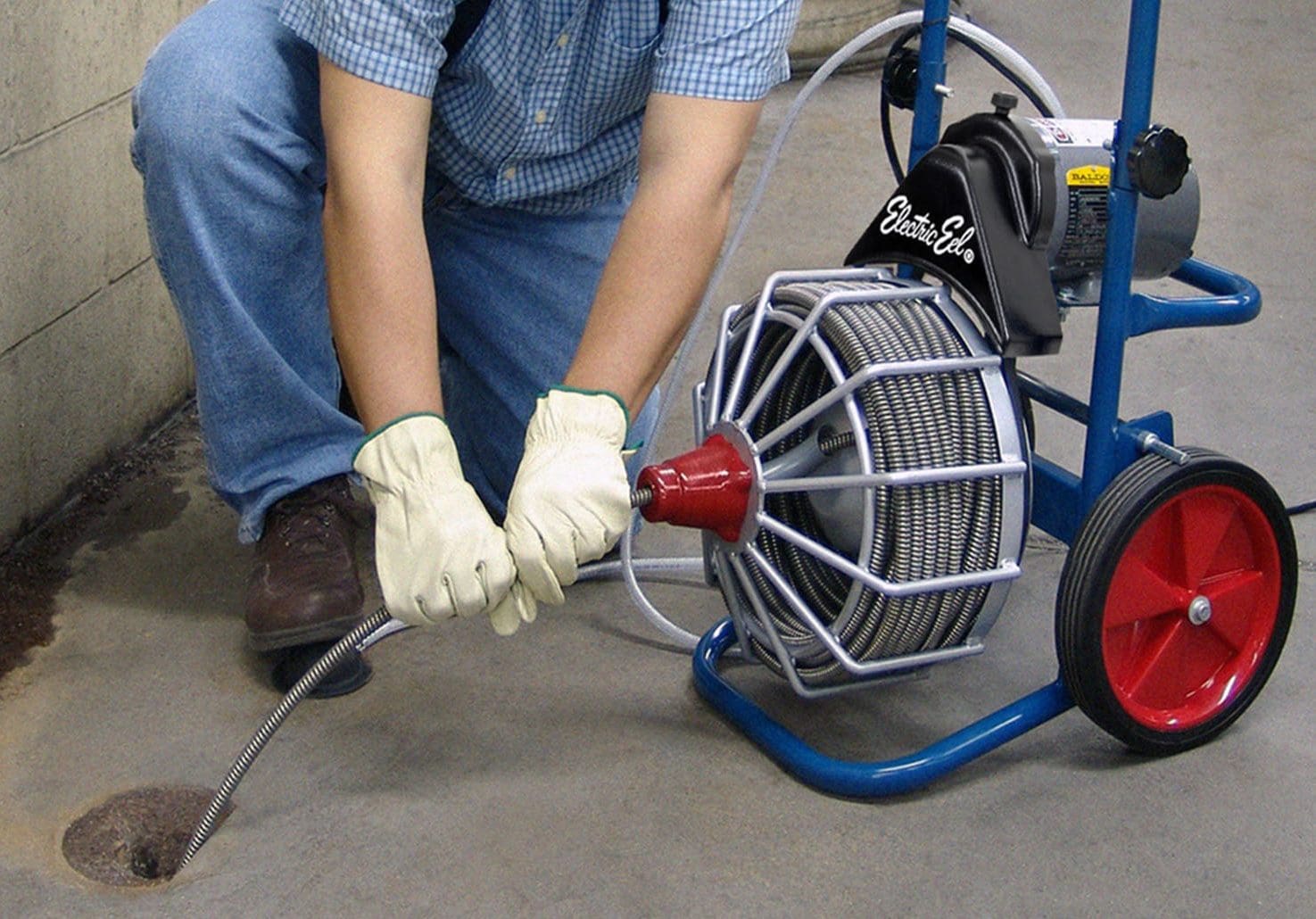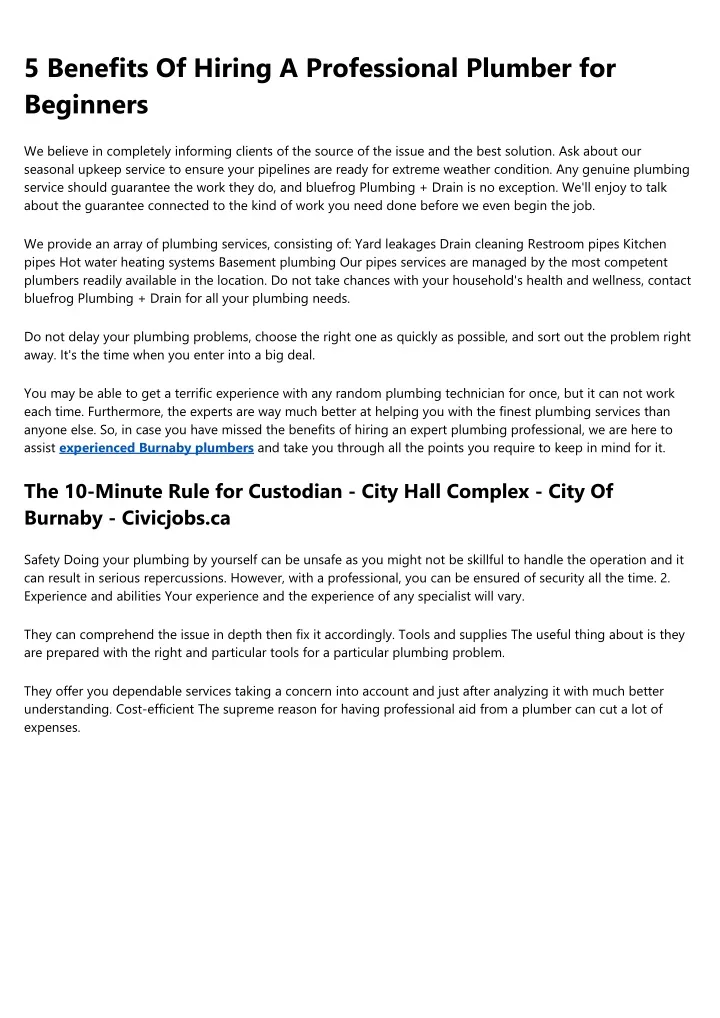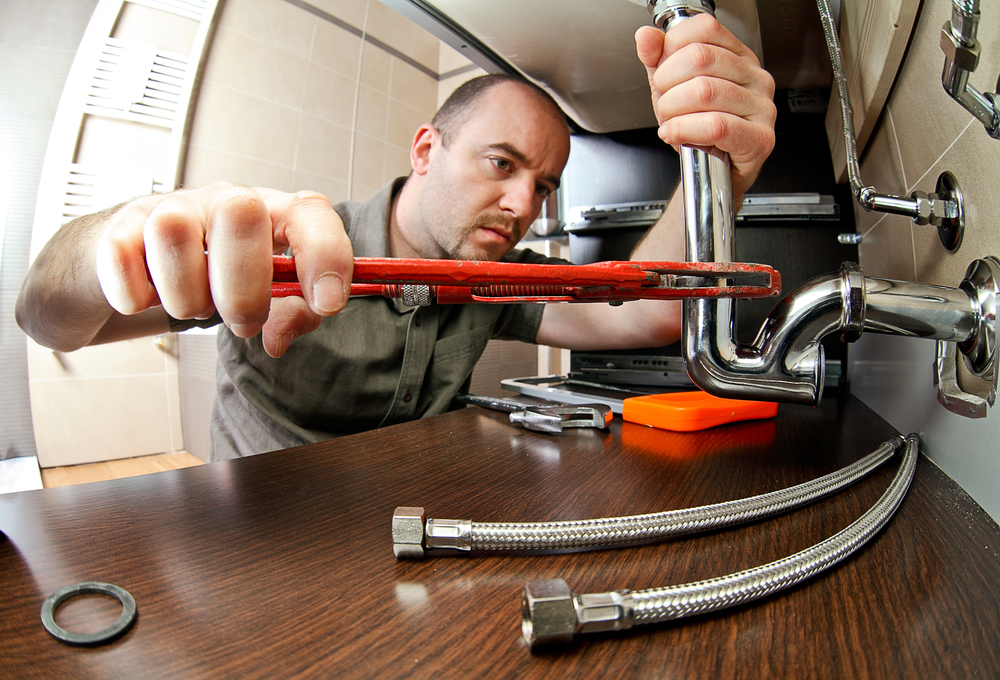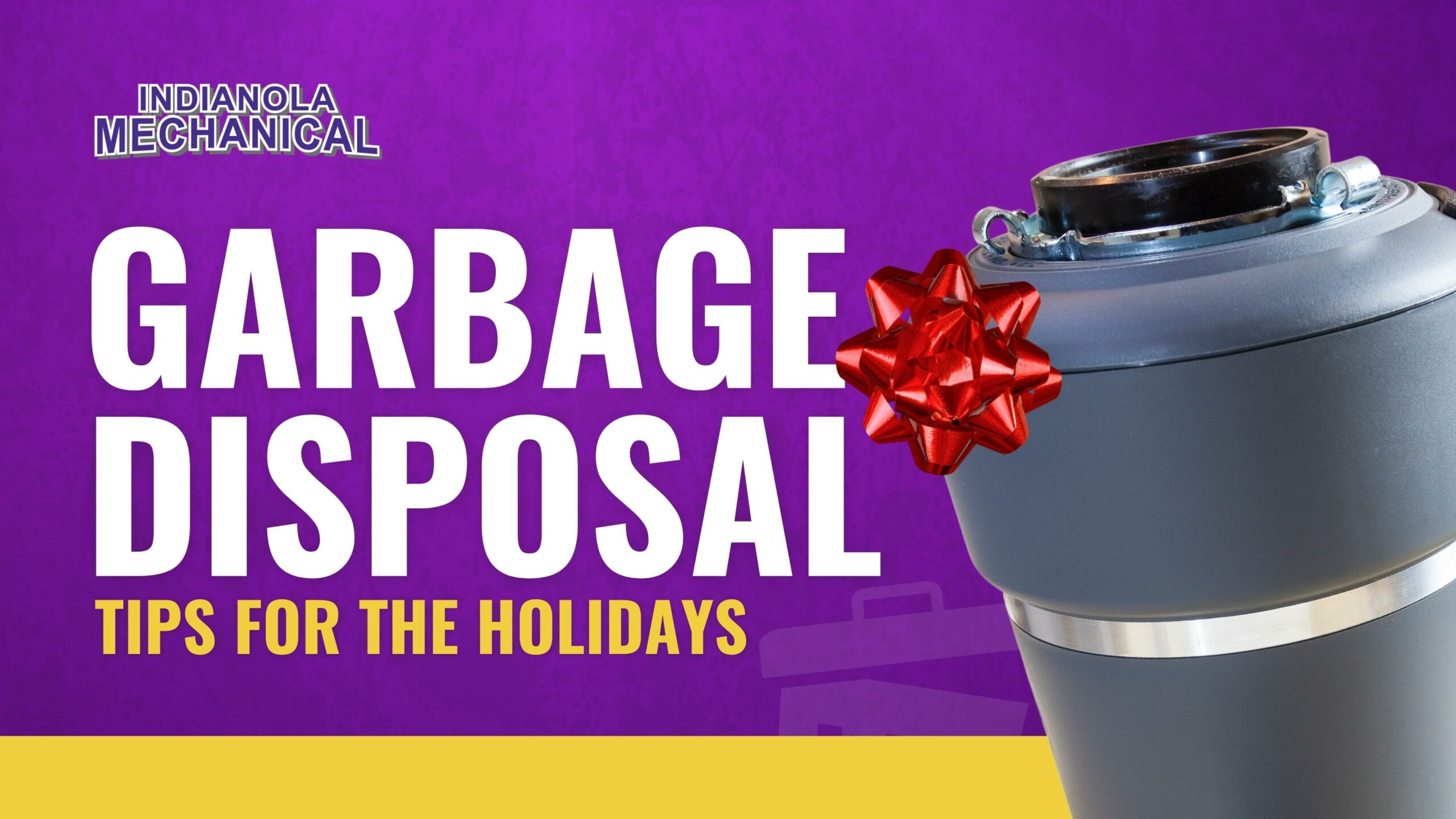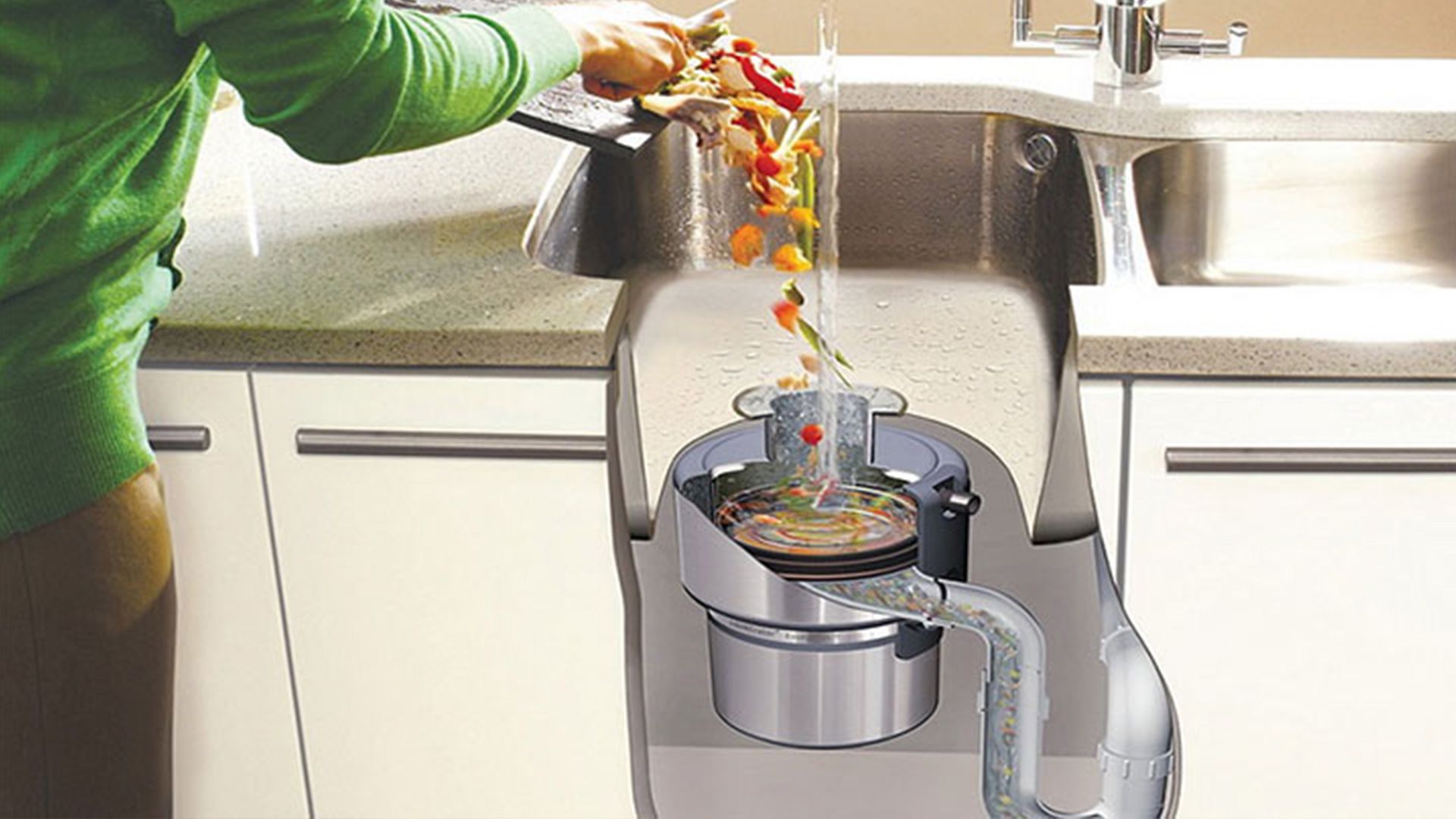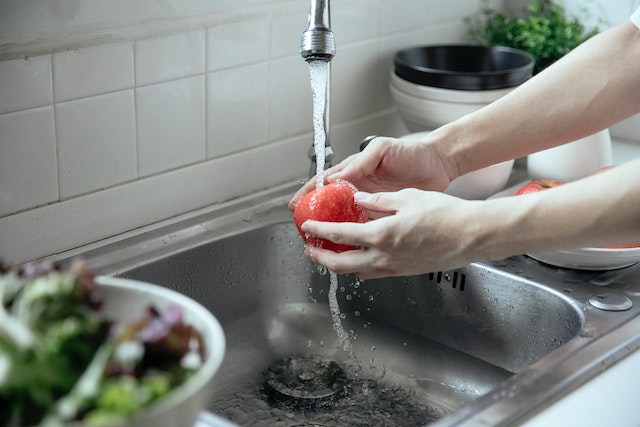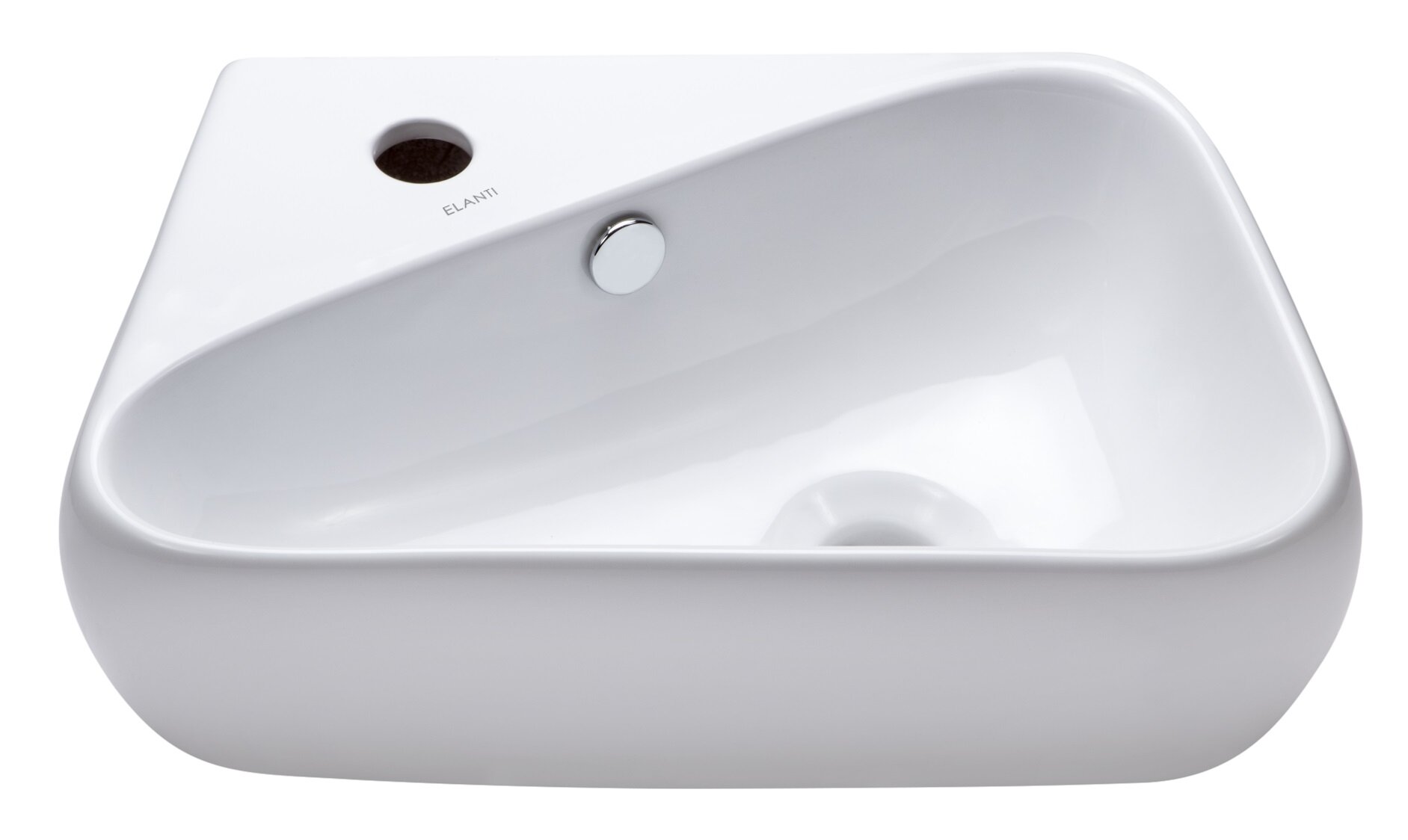If you're dealing with a stubborn clog in your kitchen sink, one of the first things you can try is using a plunger. This tool works by creating suction and pushing air and water through the drain, dislodging any blockages in its path. To use a plunger effectively, make sure to fill the sink with enough water to cover the rubber part of the plunger. Place the plunger over the drain and push down firmly, then pull up quickly. Repeat this motion several times until the clog breaks free and water starts to drain properly.1. Use a Plunger
If a plunger doesn't do the trick, you can try using a drain snake to unclog your kitchen sink. This tool has a long, flexible wire with a small hook or auger on the end that can reach deep into the pipes to remove blockages. Insert the snake into the drain and turn the handle to move it further down the pipe. Once you feel resistance, turn the handle in the opposite direction to break up the clog. Pull the snake out and repeat the process until the water starts to drain freely.2. Use a Drain Snake
For a more natural and chemical-free approach to unclogging your kitchen sink, try using a combination of baking soda and vinegar. Start by pouring a pot of boiling water down the drain to loosen any debris. Then, pour ½ cup of baking soda into the drain, followed by ½ cup of white vinegar. Cover the drain with a cloth or stopper and let the mixture sit for about 15 minutes. Finally, pour another pot of boiling water down the drain to flush out the clog.3. Use Baking Soda and Vinegar
If you don't have any baking soda or vinegar on hand, you can also try using just boiling water to unclog your kitchen sink. This method works best for clogs caused by grease or food buildup. Simply boil a pot of water and carefully pour it down the drain in stages, allowing it to work its way through the pipes. This should help loosen and flush out any blockages, leaving your sink clear and ready to use.4. Use Boiling Water
If you have a wet/dry vacuum, you can use it to suck out any clogs in your kitchen sink. Start by setting the vacuum to the wet setting and covering the vent to create suction. Place the nozzle over the drain and turn the vacuum on. The suction should be strong enough to pull out any debris causing the clog. Once you've removed as much as possible, pour hot water down the drain to flush out the remaining residue.5. Use a Wet/Dry Vacuum
If all else fails, you can try using a chemical drain cleaner to unclog your kitchen sink. These products are designed to dissolve or break up hair, grease, and other types of clogs. However, they can be harsh and damaging to your pipes, so use them sparingly and follow the instructions carefully. Also, be sure to wear gloves and protective eyewear when handling these chemicals.6. Use a Chemical Drain Cleaner
If you prefer a more natural approach, you can make your own drain cleaner using household ingredients. Mix ½ cup of table salt (featured keyword), ½ cup of baking soda, and 1 cup of white vinegar in a bowl. Pour the mixture down the drain and let it sit for about 15 minutes. Then, pour a pot of boiling water down the drain to flush out the clog. This method is safe and effective for minor clogs caused by grease or food buildup.7. Try a Homemade Drain Cleaner
If a regular drain snake isn't powerful enough to remove your kitchen sink clog, you can try using a plumbing snake instead. These heavy-duty tools are typically used by professional plumbers and can be rented or purchased from hardware stores. They work in a similar way to drain snakes but have a stronger auger that can break through tougher clogs.8. Use a Plumbing Snake
If you've tried all the DIY methods and your kitchen sink is still clogged, it may be time to call in a professional plumber. They have the tools and expertise to quickly diagnose and fix any clogs in your pipes. Plus, they can also provide tips on how to prevent future clogs and keep your kitchen sink running smoothly.9. Call a Professional Plumber
If your kitchen sink has a garbage disposal, it could be the cause of your clog. Food particles and debris can build up in the disposal, causing it to become clogged. To check if this is the issue, turn off the power to the disposal and use tongs to remove any debris caught in the blades. Then, run hot water down the drain to flush out any remaining residue. Unclogging a kitchen sink can be a frustrating and messy task, but with these top 10 methods, you should be able to clear most clogs on your own. However, if the clog persists or you notice any other plumbing issues, it's always best to consult a professional plumber for proper diagnosis and repairs. By keeping your kitchen sink clean and free of debris, you can prevent clogs and ensure that your sink functions properly for years to come.10. Check the Garbage Disposal
The Best Way to Unclog Your Kitchen Sink According to Reddit Users

Introduction
 When it comes to our homes, the kitchen is often considered the heart of the house. It's where we gather with family and friends, cook delicious meals, and create memories. However, a clogged kitchen sink can quickly become a major headache and disrupt our daily routines. If you're experiencing this frustrating issue, you're not alone. Many Reddit users have shared their personal tips and tricks for unclogging a kitchen sink, and we've compiled the best advice to help you solve this problem.
When it comes to our homes, the kitchen is often considered the heart of the house. It's where we gather with family and friends, cook delicious meals, and create memories. However, a clogged kitchen sink can quickly become a major headache and disrupt our daily routines. If you're experiencing this frustrating issue, you're not alone. Many Reddit users have shared their personal tips and tricks for unclogging a kitchen sink, and we've compiled the best advice to help you solve this problem.
Why is my kitchen sink clogged?
 Before we dive into the best solutions for unclogging your kitchen sink, it's important to understand why it's happening in the first place. There are several reasons why your sink may be clogged, including:
- Grease and oil buildup: Cooking grease and oil can solidify and create a blockage in your pipes.
- Food particles: Small bits of food can easily get stuck in your pipes and cause clogs.
- Hard water deposits: Over time, hard water deposits can build up and create a blockage in your pipes.
- Foreign objects: Accidentally dropping items like utensils or small toys down the drain can also cause clogs.
Before we dive into the best solutions for unclogging your kitchen sink, it's important to understand why it's happening in the first place. There are several reasons why your sink may be clogged, including:
- Grease and oil buildup: Cooking grease and oil can solidify and create a blockage in your pipes.
- Food particles: Small bits of food can easily get stuck in your pipes and cause clogs.
- Hard water deposits: Over time, hard water deposits can build up and create a blockage in your pipes.
- Foreign objects: Accidentally dropping items like utensils or small toys down the drain can also cause clogs.
The Best Solutions According to Reddit Users
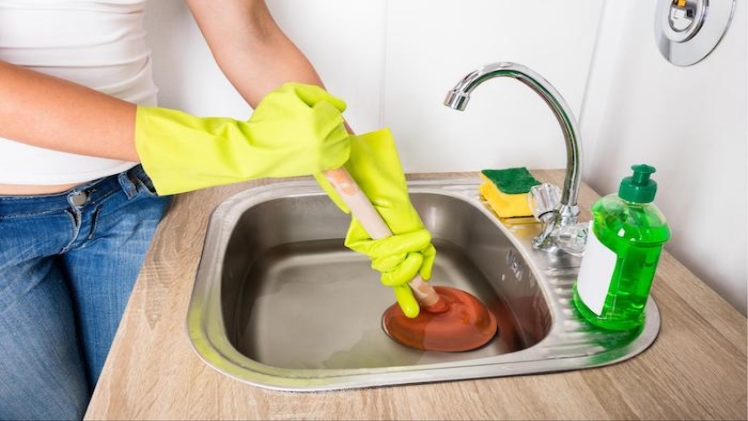 1. Use a plunger
One of the most recommended solutions for unclogging a kitchen sink on Reddit is using a plunger. This age-old tool is not just for toilets, it can also work wonders on a clogged sink. Simply place the plunger over the drain and push up and down vigorously until the clog is cleared.
2. Baking soda and vinegar
Another popular solution suggested by Reddit users is using a combination of baking soda and vinegar. First, pour a pot of boiling water down the drain, then add half a cup of baking soda. Follow it up with half a cup of vinegar and cover the drain with a cloth. Let it sit for 10-15 minutes before pouring another pot of boiling water down the drain.
3. Use a plumbing snake
If the plunger and baking soda and vinegar method don't work, Reddit users suggest using a plumbing snake. This tool can be inserted into the drain to break up and remove any blockages. It's important to follow the manufacturer's instructions and be cautious when using a plumbing snake to avoid causing damage to your pipes.
1. Use a plunger
One of the most recommended solutions for unclogging a kitchen sink on Reddit is using a plunger. This age-old tool is not just for toilets, it can also work wonders on a clogged sink. Simply place the plunger over the drain and push up and down vigorously until the clog is cleared.
2. Baking soda and vinegar
Another popular solution suggested by Reddit users is using a combination of baking soda and vinegar. First, pour a pot of boiling water down the drain, then add half a cup of baking soda. Follow it up with half a cup of vinegar and cover the drain with a cloth. Let it sit for 10-15 minutes before pouring another pot of boiling water down the drain.
3. Use a plumbing snake
If the plunger and baking soda and vinegar method don't work, Reddit users suggest using a plumbing snake. This tool can be inserted into the drain to break up and remove any blockages. It's important to follow the manufacturer's instructions and be cautious when using a plumbing snake to avoid causing damage to your pipes.
Preventing Future Clogs
 While these solutions can help unclog your kitchen sink, it's important to take preventative measures to avoid future clogs. Some tips suggested by Reddit users include:
- Avoid pouring grease and oil down the drain. Instead, dispose of it in a sealed container.
- Use a sink strainer to catch food particles before they go down the drain.
- Regularly pour boiling water down the drain to prevent hard water deposits from building up.
- Be mindful of what you're putting down the drain and avoid dropping any foreign objects.
While these solutions can help unclog your kitchen sink, it's important to take preventative measures to avoid future clogs. Some tips suggested by Reddit users include:
- Avoid pouring grease and oil down the drain. Instead, dispose of it in a sealed container.
- Use a sink strainer to catch food particles before they go down the drain.
- Regularly pour boiling water down the drain to prevent hard water deposits from building up.
- Be mindful of what you're putting down the drain and avoid dropping any foreign objects.
Conclusion
 Dealing with a clogged kitchen sink can be a frustrating experience, but with these tips from Reddit users, you can unclog your sink and get back to enjoying your kitchen. Remember to always take preventative measures to avoid future clogs and consult a professional if the problem persists. Happy unclogging!
Dealing with a clogged kitchen sink can be a frustrating experience, but with these tips from Reddit users, you can unclog your sink and get back to enjoying your kitchen. Remember to always take preventative measures to avoid future clogs and consult a professional if the problem persists. Happy unclogging!



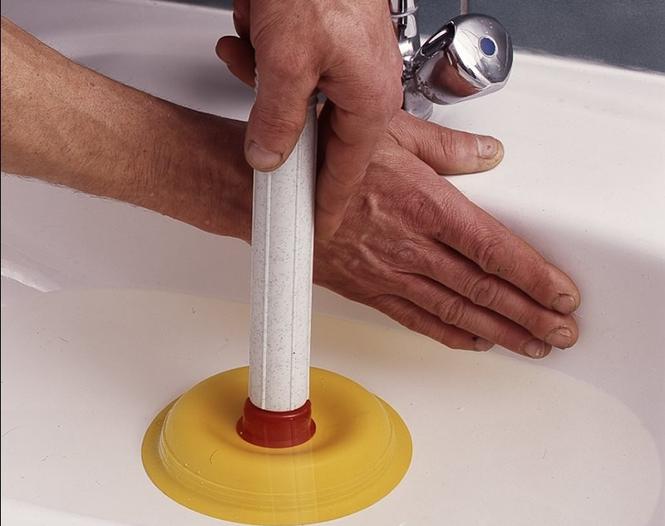



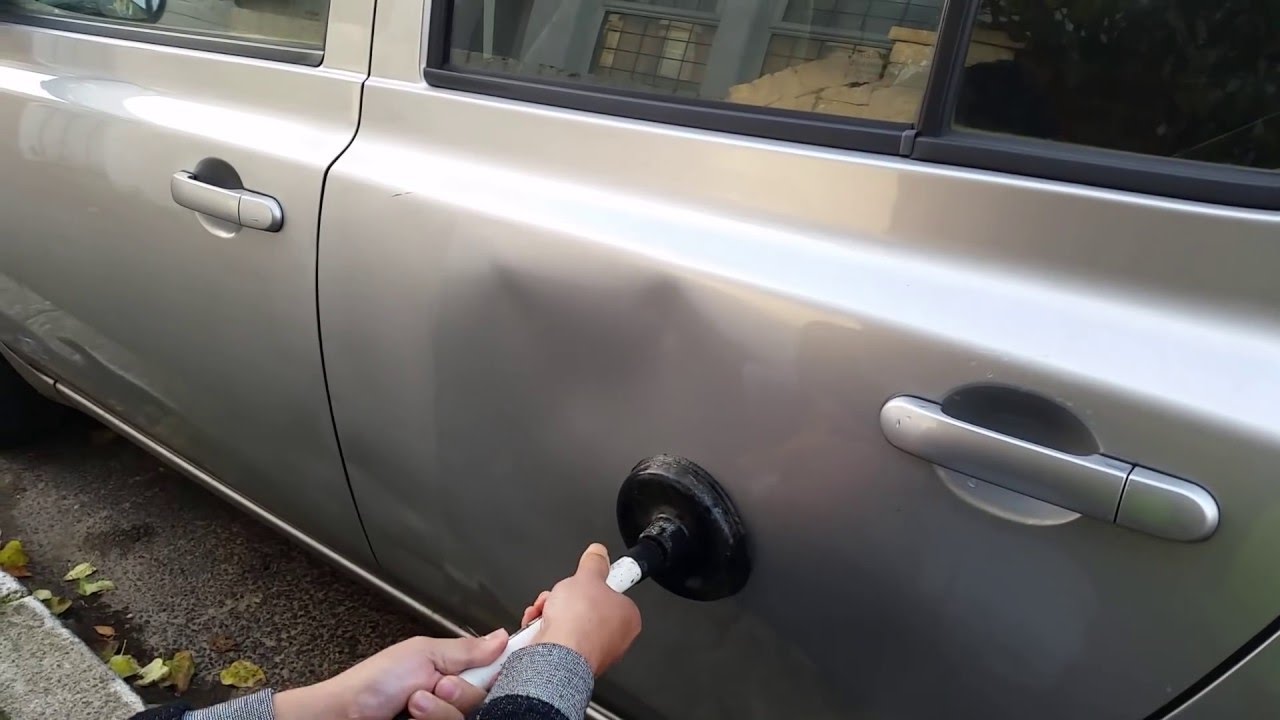


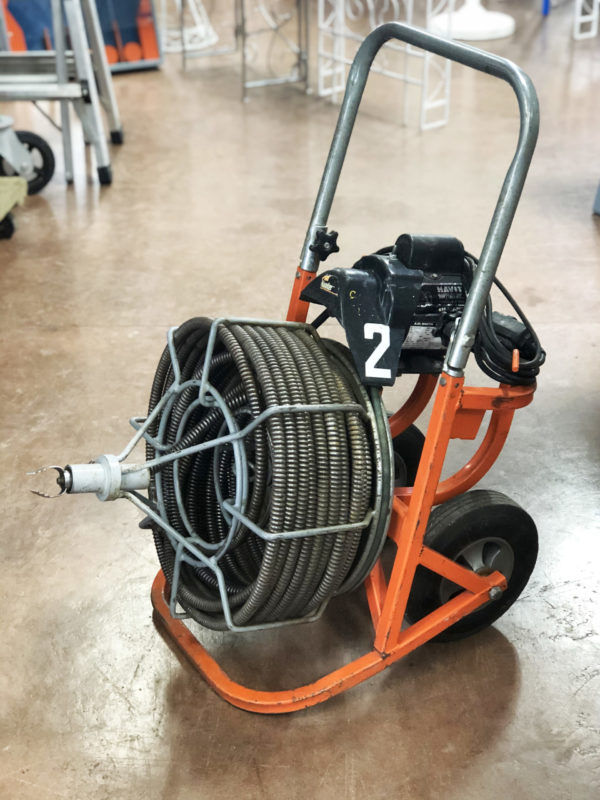




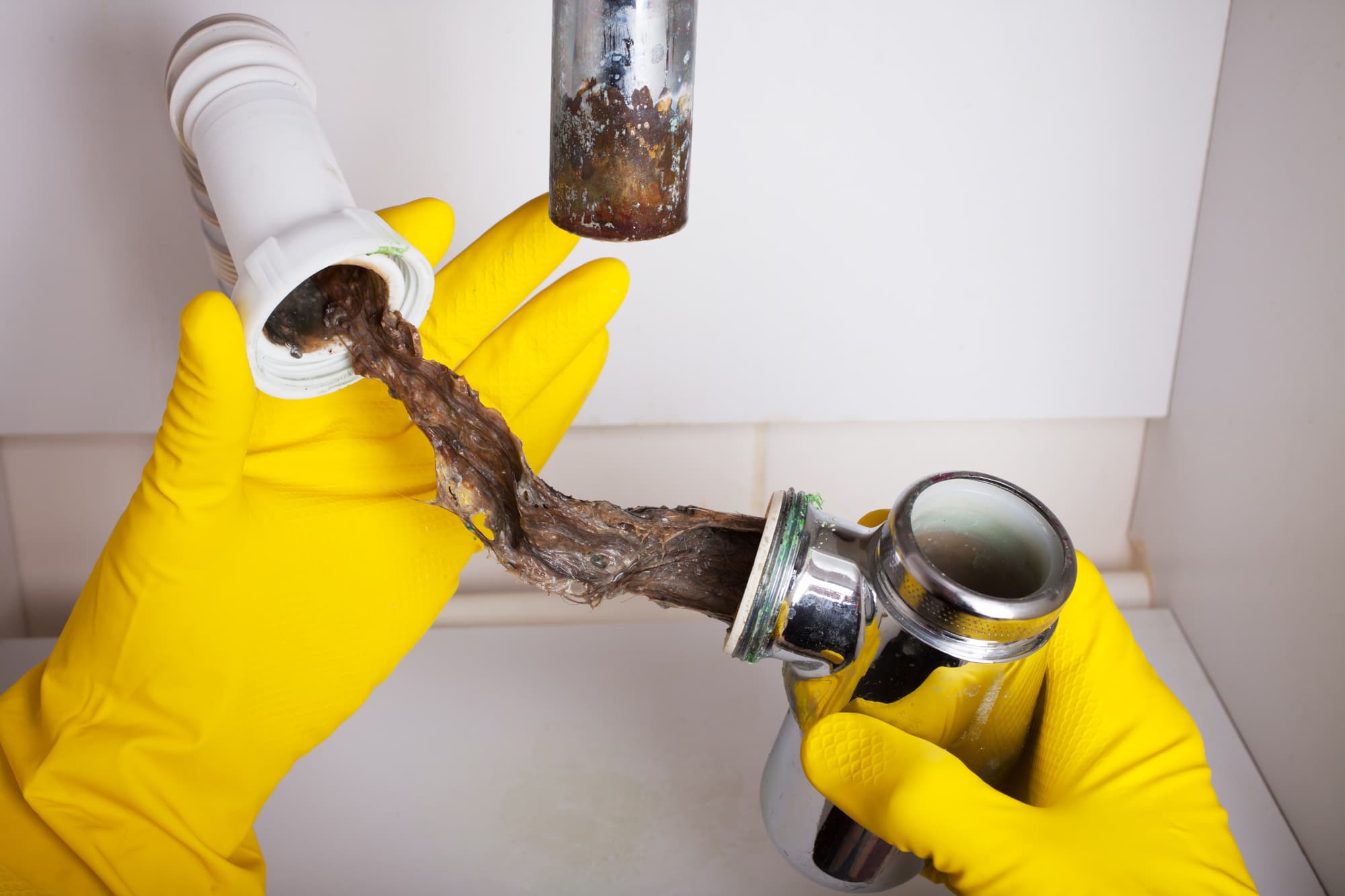




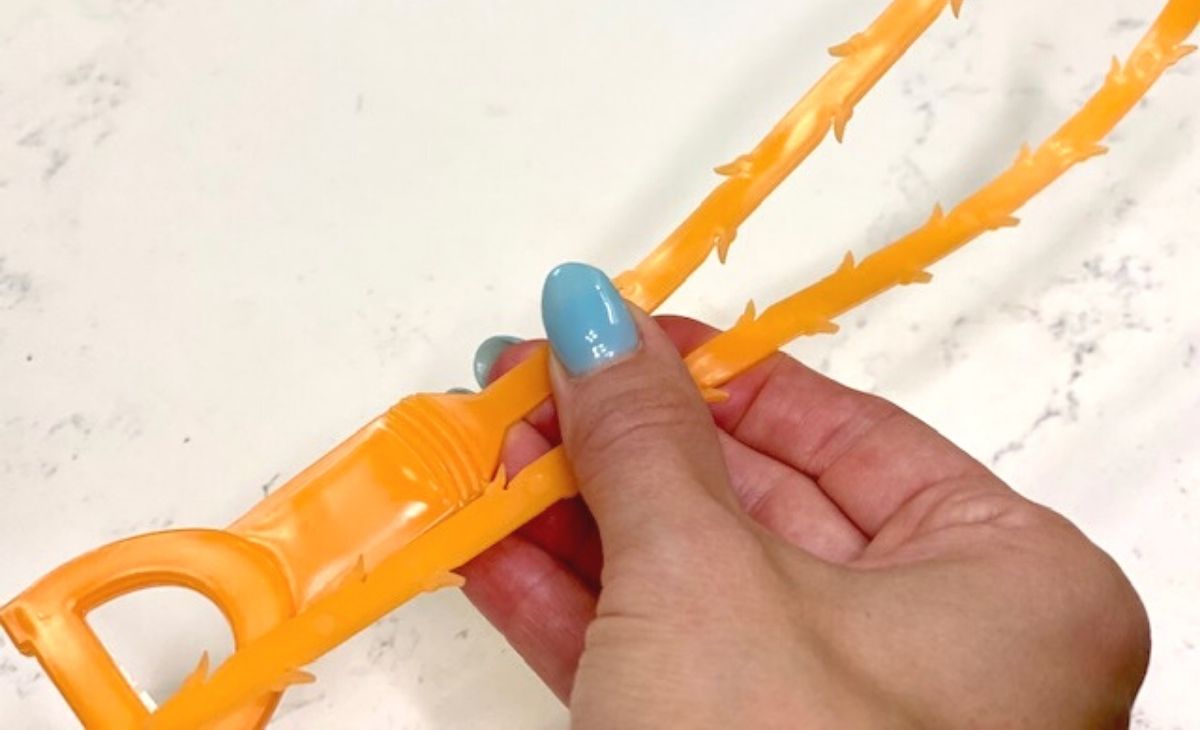

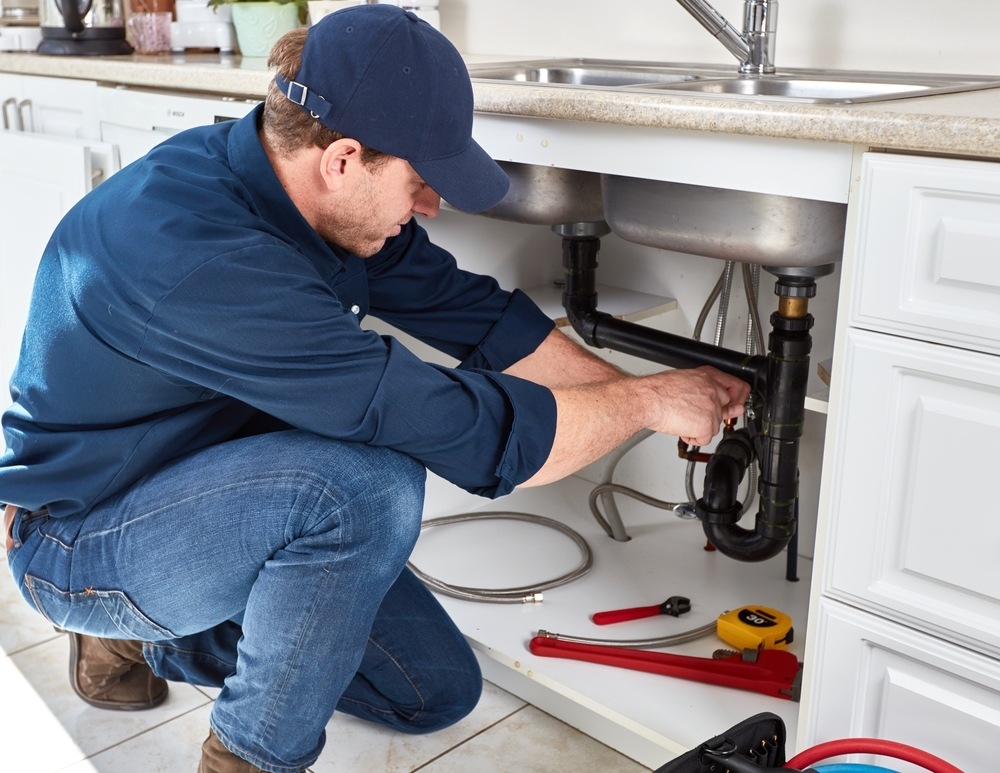





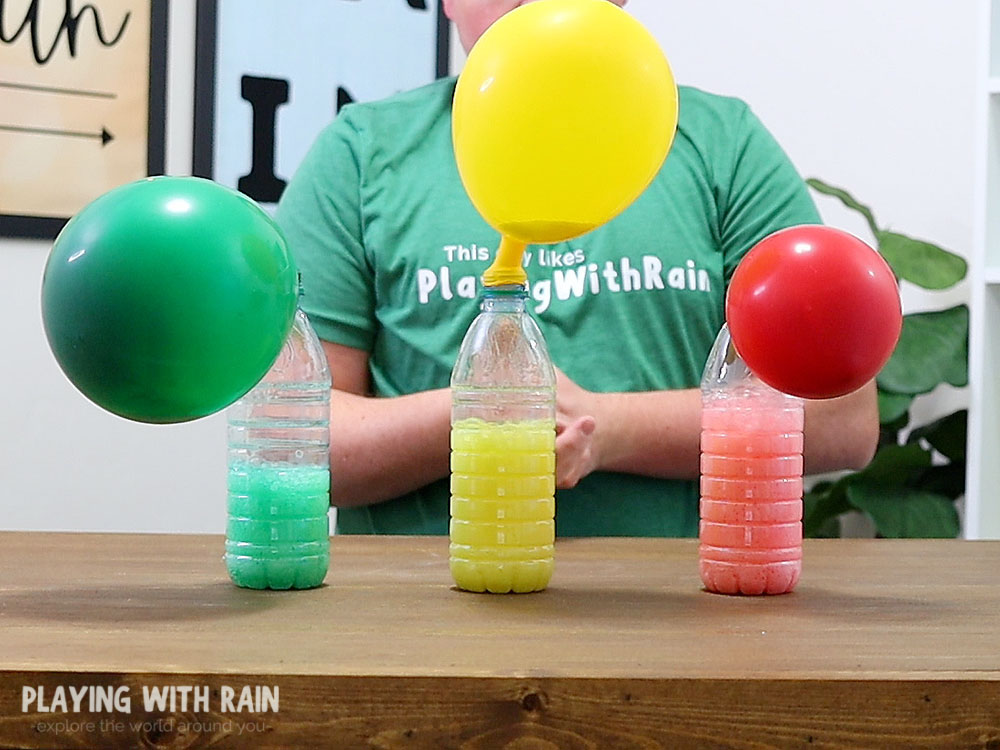

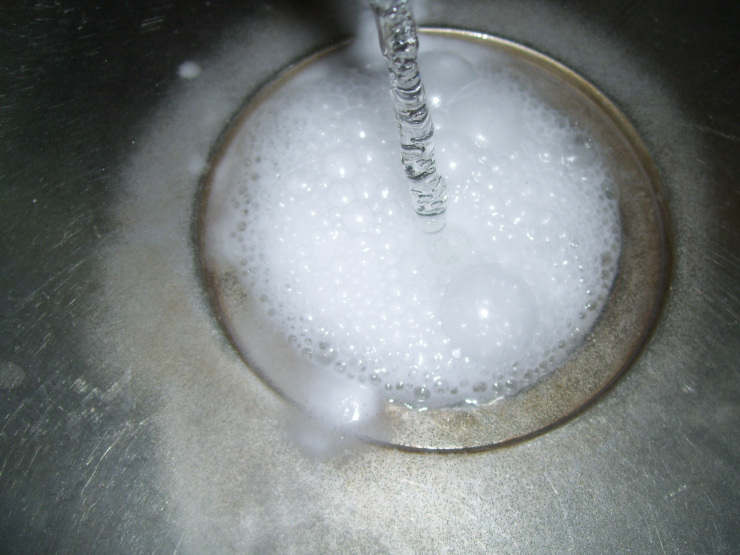

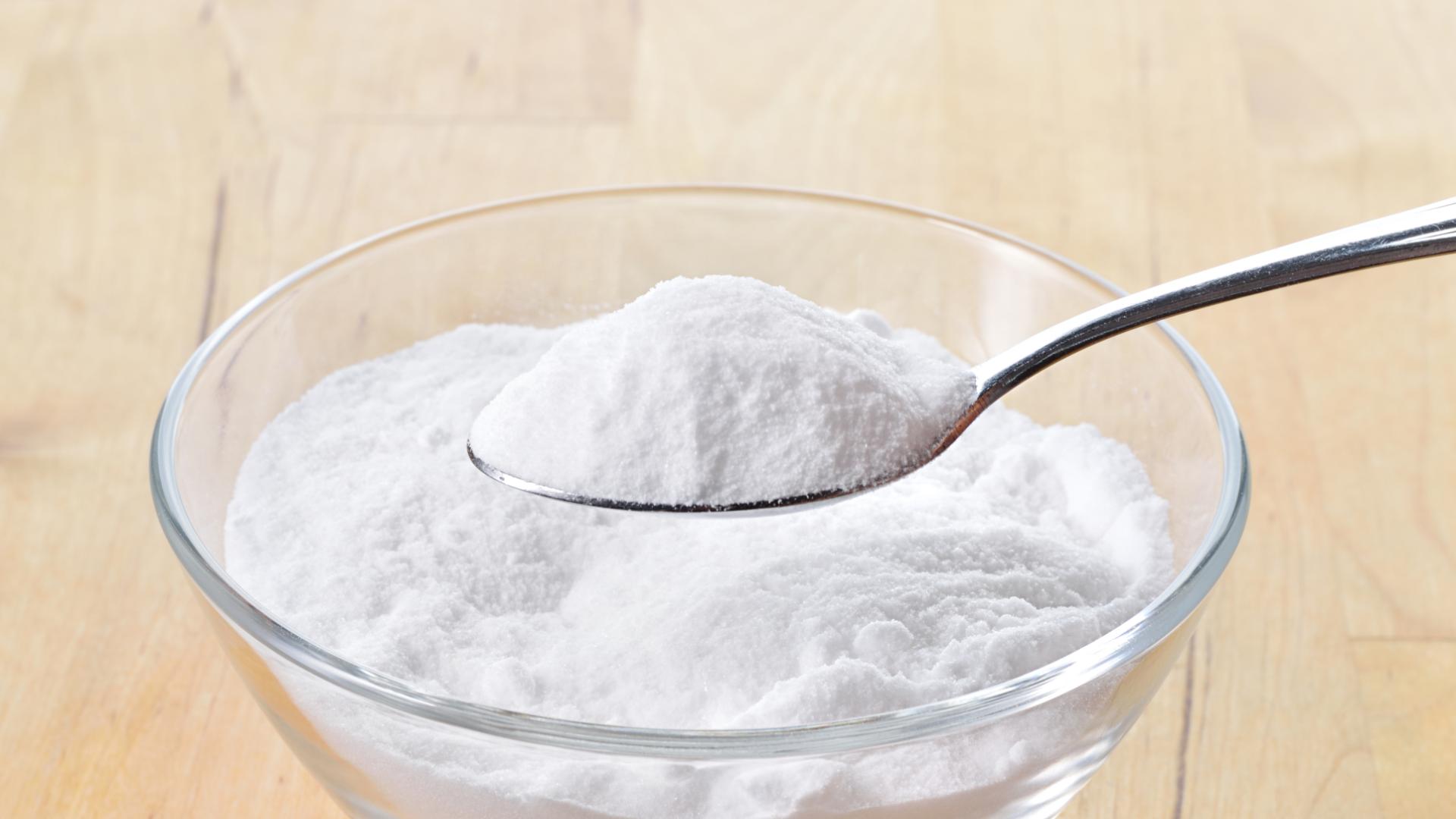




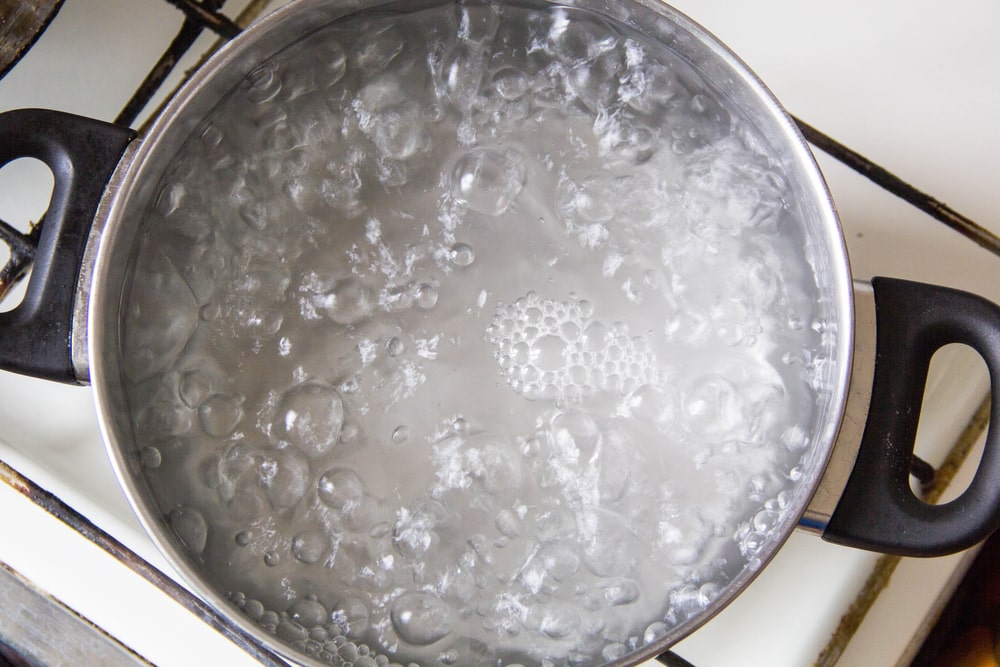
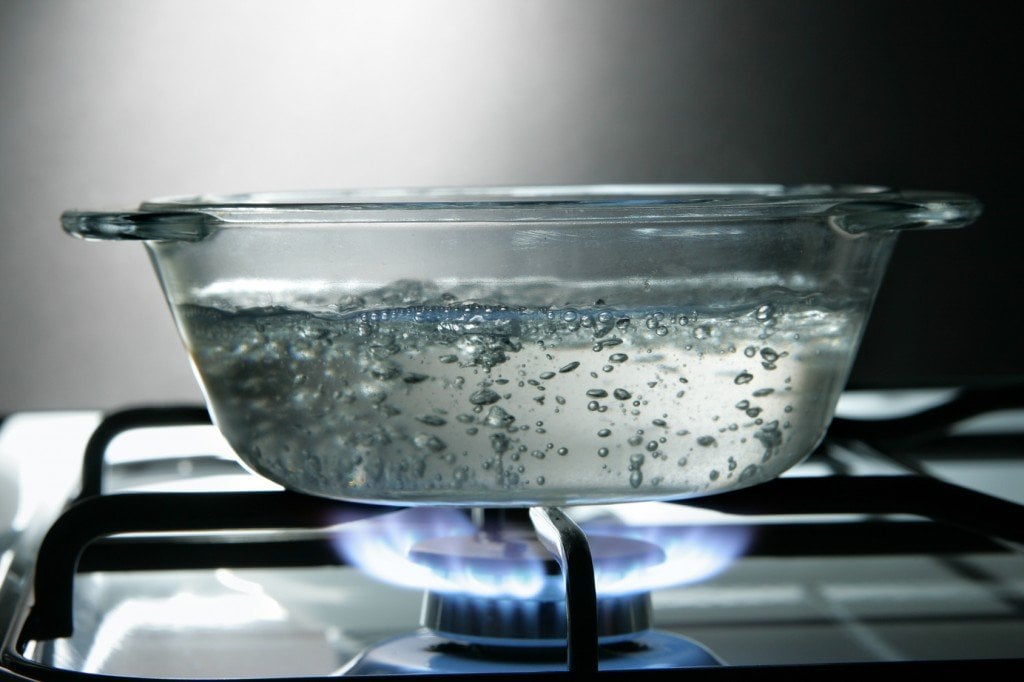




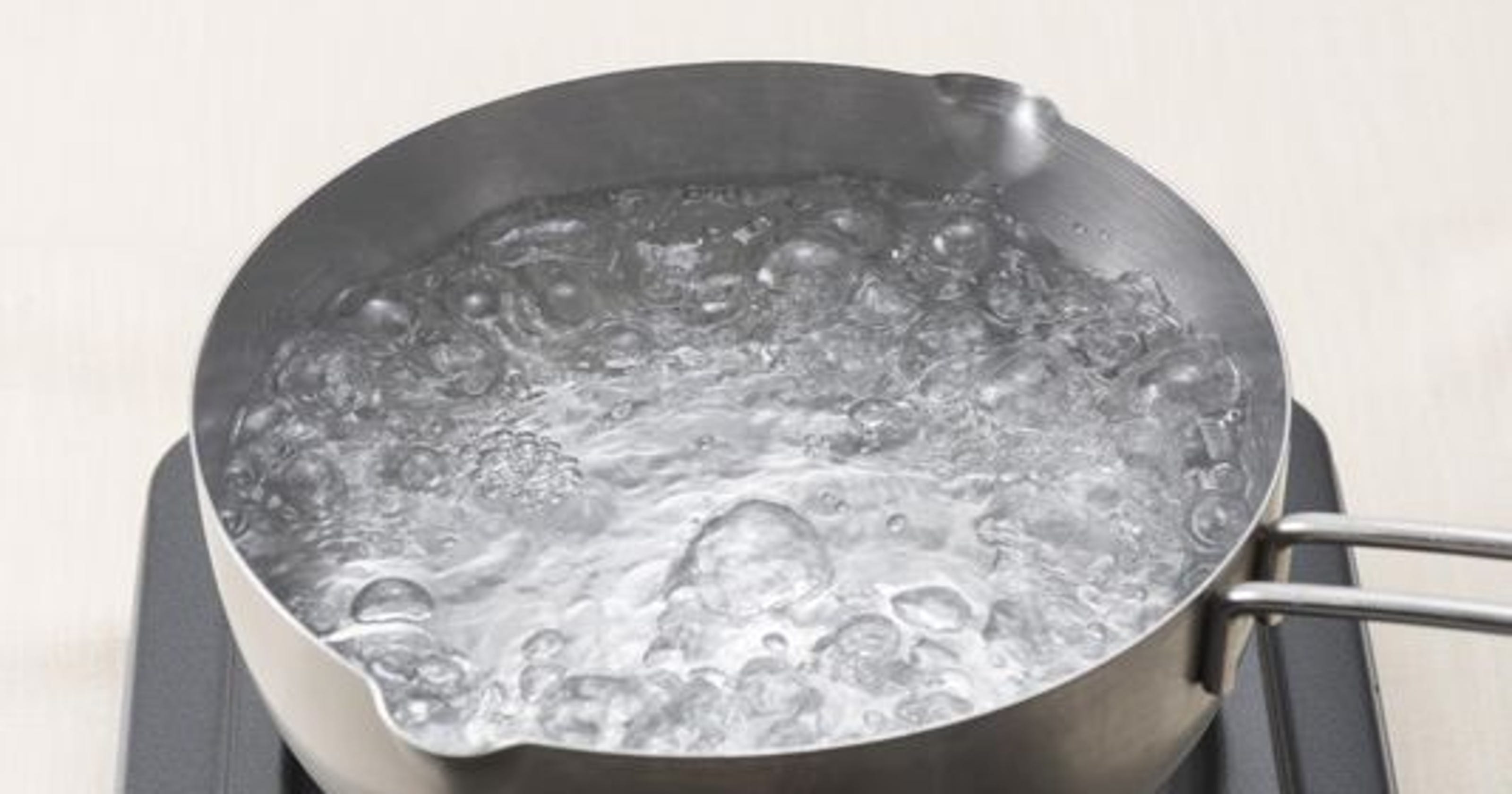






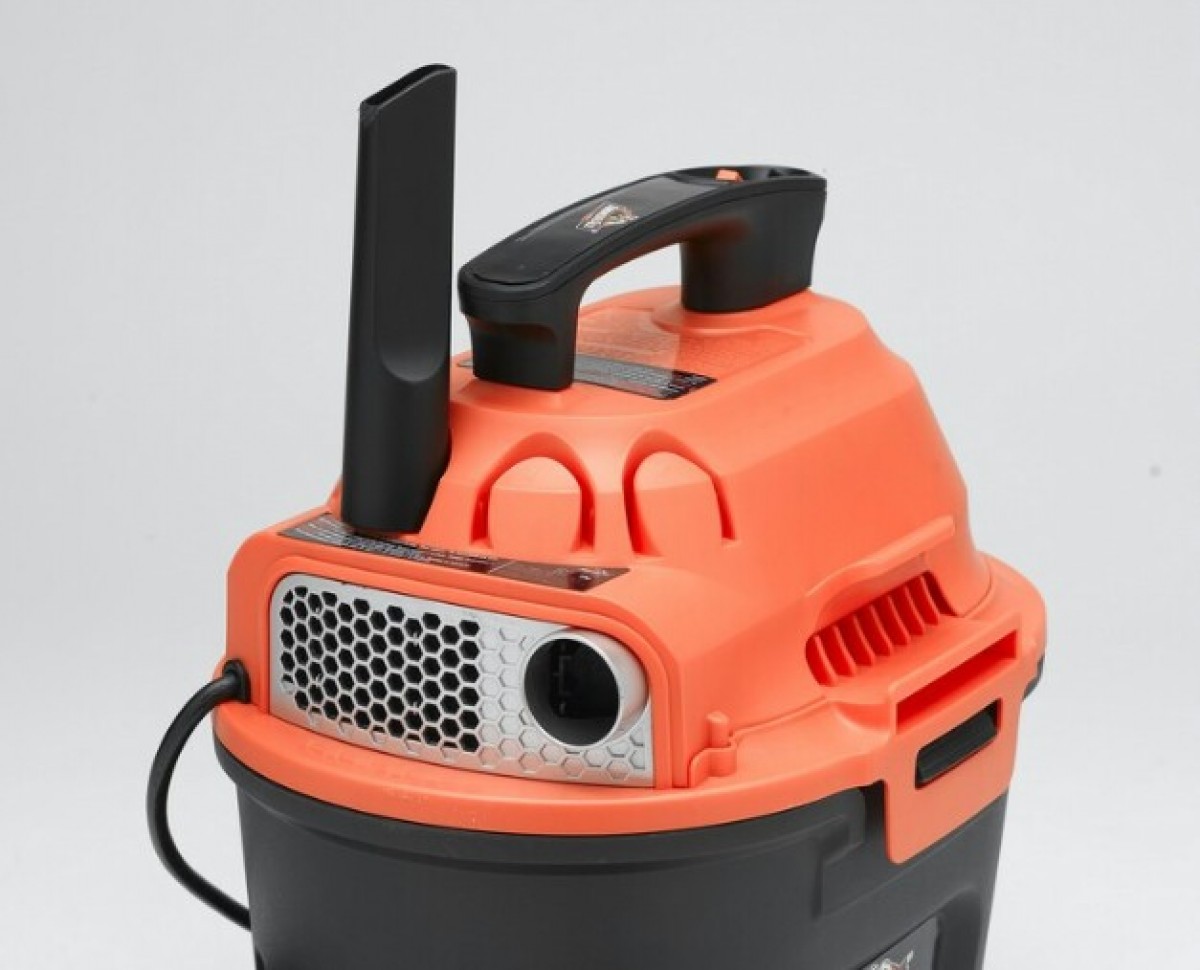





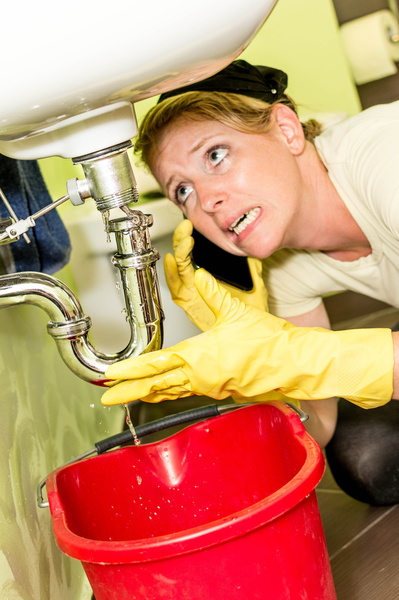








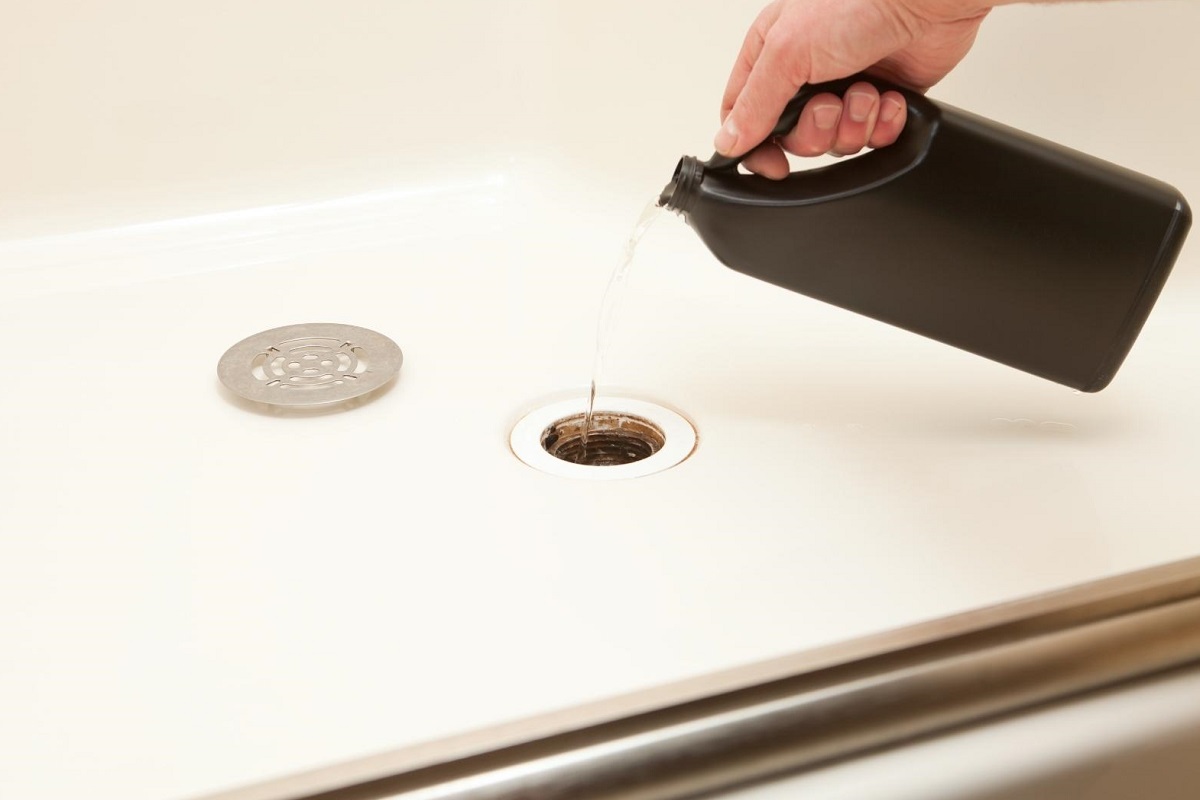
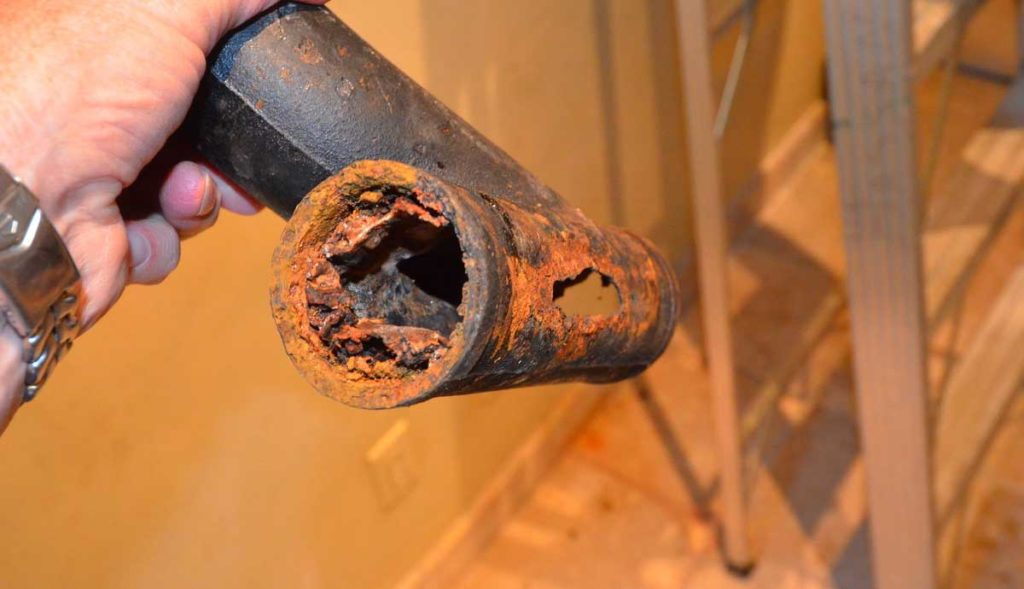
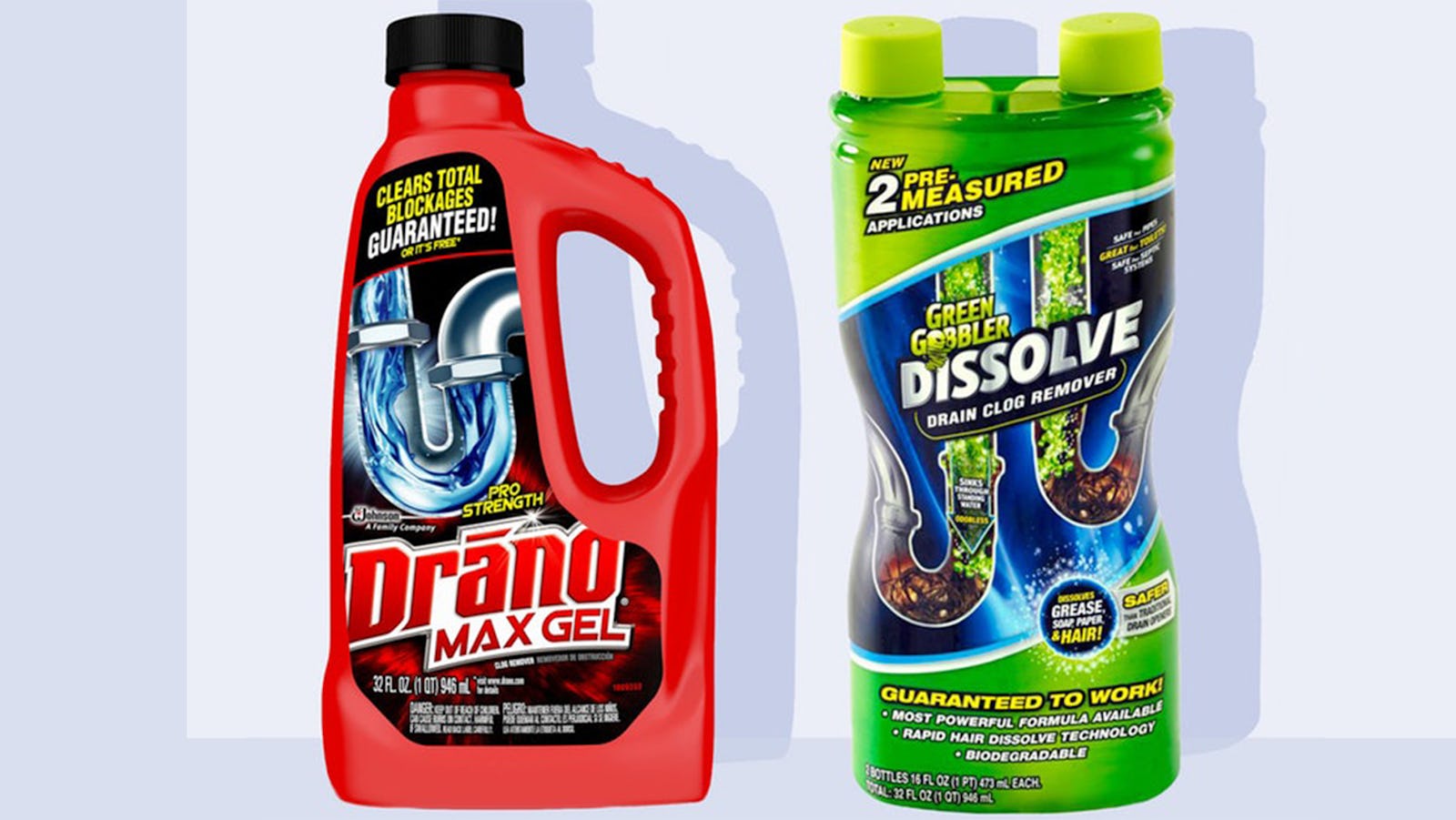


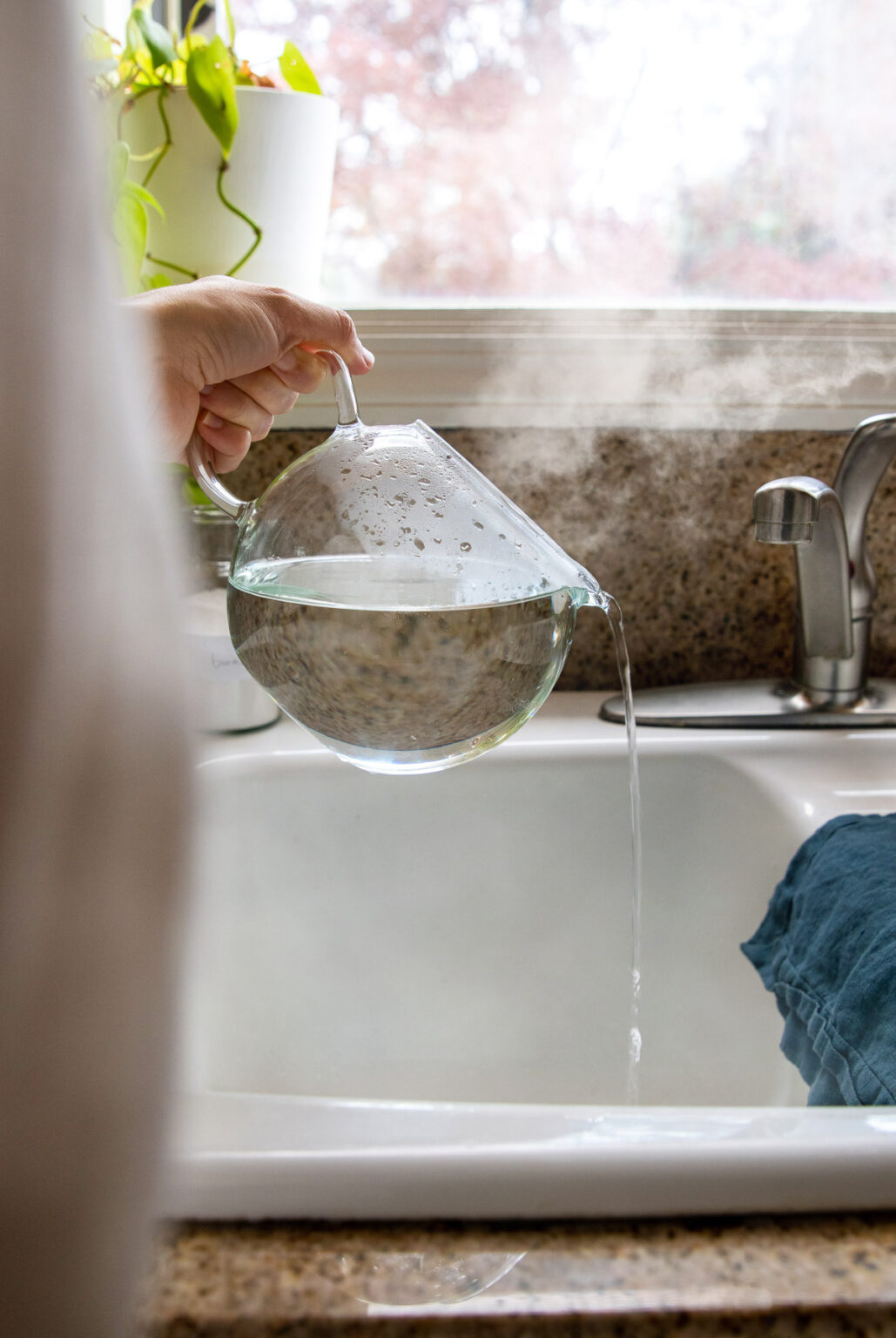
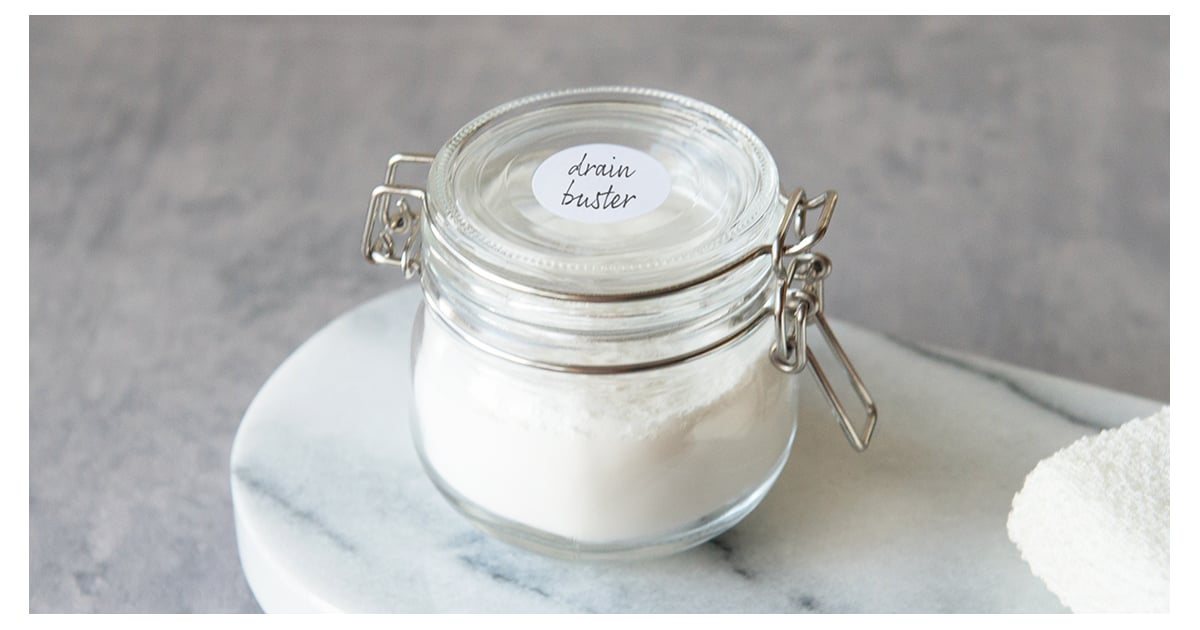
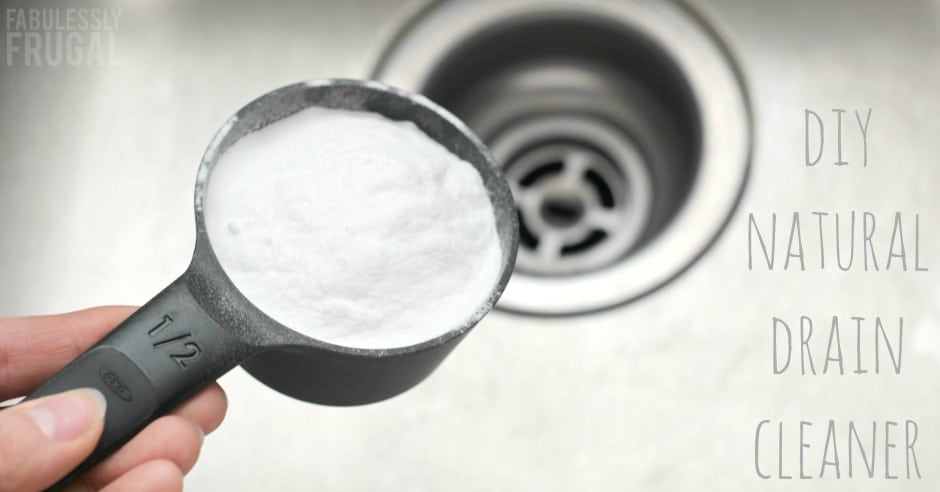
:max_bytes(150000):strip_icc()/homemade-drain-cleaner-2718784-10-d0d43469f00a45f6890b0a959d28cc8e.jpg)


/water-bubbling-in-a-sink-565787327-5796b22c3df78ceb86aa3361.jpg)


